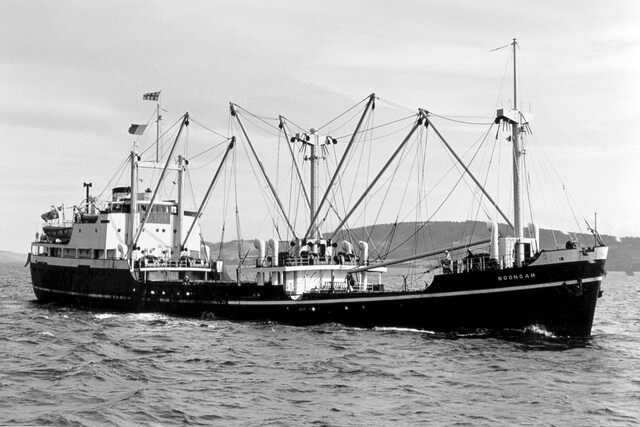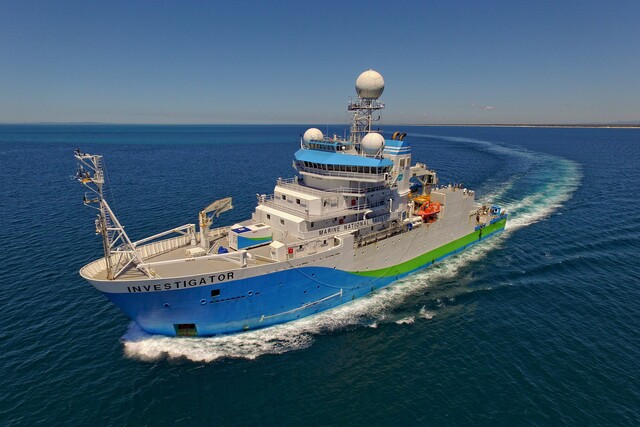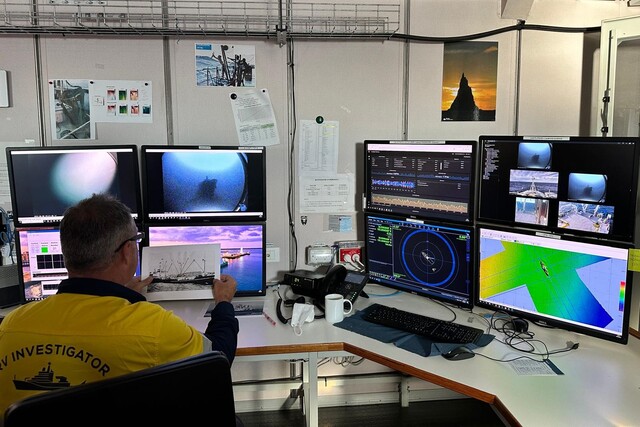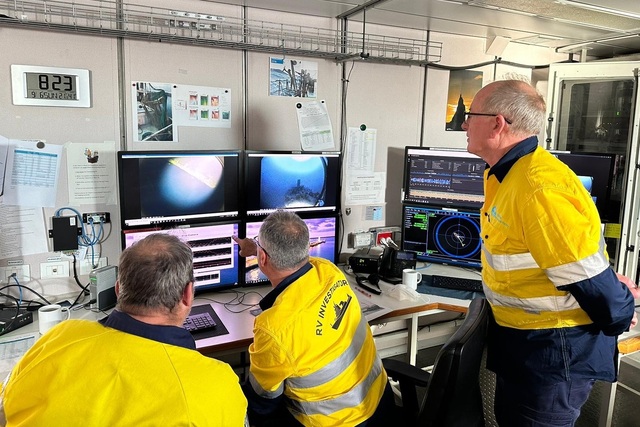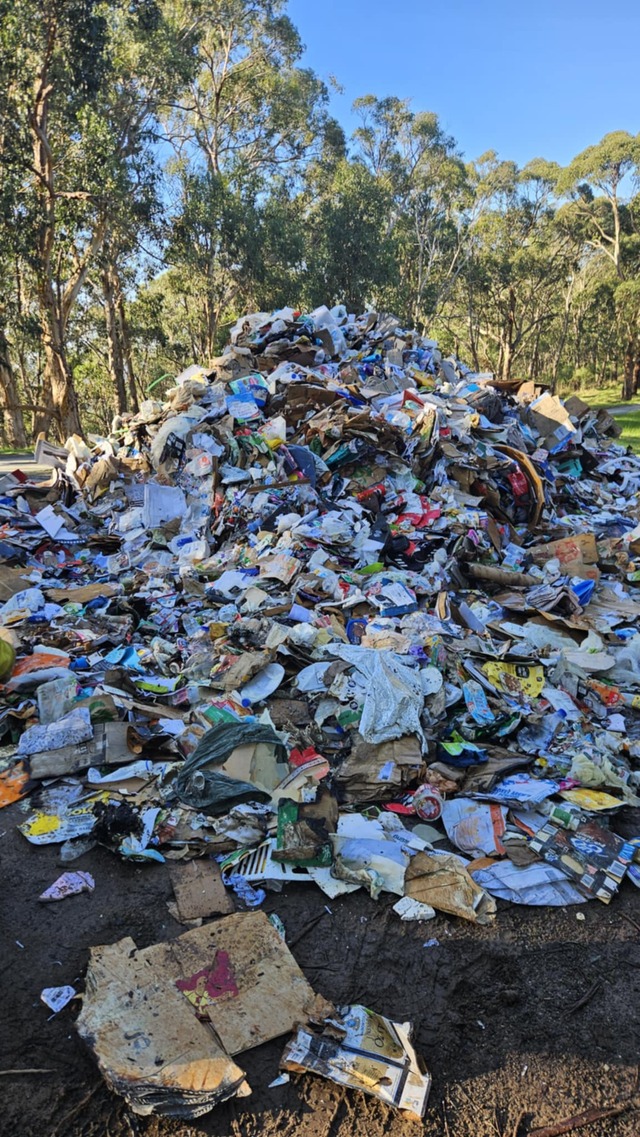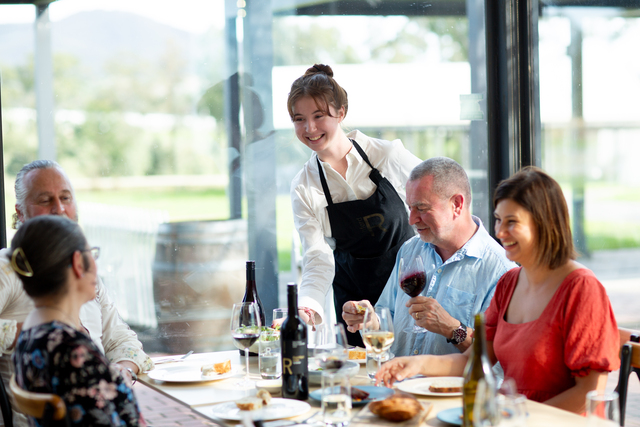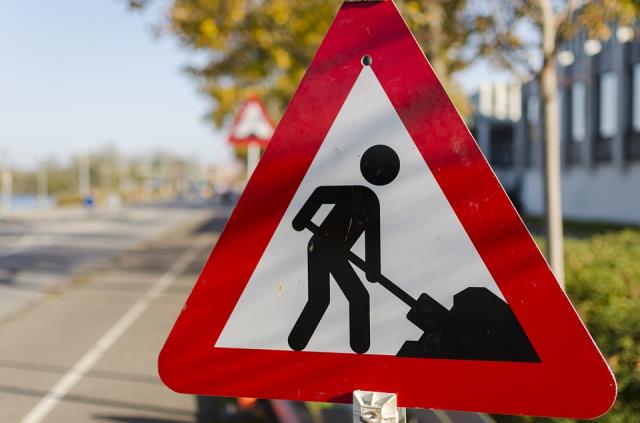The recent historic discovery of the MV Noongah shipwreck off the coast of New South Wales has a link to a local resident of the Upper Yarra.
The news brought back memories for Wesburn resident Marie Pleuger of her father’s best friend Jay Lingard, one of the few survivors of the 1969 sinking.
Ms Pleuger said her father became a merchant seaman after being repatriated during World War Two.
“Conditions post Second World War were not great but the Merchant Seamans Union became one of the strongest unions in Australia until the Abbott years,” she said.
“The Noongah sank and most of the crew drowned with it but what I remember thinking as a young woman of 20 when the Noongah was missing was that if anyone was going to survive, it would be Jay, he was a tough cookie.”
According to the Maritime Union of Australia (MUA), the MV Noongah was travelling between Newcastle and Townsville when it sank on 25 August 1969. Of the 26 crew on board, Jay Lingard was one of the only five survivors.
Ms Pleuger said when she next saw Jay Lingard he looked at least 20 years older than he’d looked before.
“The story he told of the sinking was that the steel they’d loaded at Newcastle had been hurried and not loaded correctly and when the storm hit, the load shifted and the Noongah went down,” she said
“Once in the sea, Jay managed to bring two other young crewmen to whatever he was clinging to, he tried to keep their spirits up during the following hours and when it started raining, he quipped ‘As if it isn’t enough to get shipwrecked, we’re gonna get f***ing wet as well.”
“Unfortunately, Jay’s great spirit and desire to help others did not result in both these young men surviving, I seem to remember it was at least twelve hours they were in those stormy Seas but now they have found the Noongah, the crew who died with it and the memory of brave Jay Lingard is revived.”
The CSIRO, assisted by an MUA crew aboard the RV Investigator, successfully found the shipwreck of the 71-metre coastal freighter in June 2024 at a depth of 170 metres in the sea off of Smoky Cape on New South Wales’ Mid-North Coast. Heritage NSW and The Sydney Project have also helped confirm the location with the CSIRO and it’s the second shipwreck discovered by a crew on the RV Investigator following the discovery and mapping of the Blythe Star in April 2023.
Seafarer Bill Cockley, 3rd Engineer Russell Henderson and Jay Lingard, who was a crew mate, have all told the story of the sinking twice, for the Seamen’s Journal in 1969 and the Maritime Worker’s Journal in 2019.
“I had hardly completed tying my life jacket when the ship gave a shudder and then, almost instantaneously, disappeared,” Mr Cockley said.
“I went down with the ship – for what distance I do not know; it seemed an eternity,”
At 3.55am the ship’s captain had radioed for help after losing control in the heavy swell and 110 kph gale-force winds before he made the call to abandon ship at 4.47am with the crew only having 14 minutes to do so before the ship went down.
Russell Henderson was partially thrown from the ladder to the boat deck.
“The ship gave one roll to starboard, hesitated and then went down by the head,” he said.
“I was swirled around below, then broke the surface, I thought ‘You beauty’, then I went down again.”
Bill Cockley surfaced and heard calls from greaser Ken McIntyre to swim over to what he believed to be a life raft, but which was only the cover for one. Jay Lingard then surfaced and drifted over with a plank to the pair. Then they heard calls for help and Ken McIntyre (with no life jacket) swam out and brought back chief cook Thomas Ford. When more calls rang out, Ken McIntyre went out again but never returned.
Russell Henderson surfaced and heard the remaining men and the light from their life jackets and joined them. Tom Cook drifted off and away and was brought back by Russell Henderson and later it happened again, taking the lifeboat cover with him, and he was never seen again.
Dawn broke and the men had grabbed a lid to put under the plank for buoyancy and spotted a search plane, albeit too far away to see them at about 10am. Then in the late afternoon, they spotted a bulk carrier which also did not see them.
After over 12 hours at sea, they spotted the Adelaide Steam bulk carrier Meringa.
“We started yelling and waving our arms,” Bill Cockley said.
“A couple of the crew waved back.”
Life buoys were thrown out and the three men were pulled up to safety and given plenty of brandy, hot soup and blankets. The search team, one of the largest ever efforts searching for survivors in Australia’s maritime history and involving navy and merchant vessels, aircraft, helicopters and shore-based searches, had earlier rescued two other crew members.
Only one body was ever recovered from those who perished and Ken McIntyre was posthumously awarded a medal for sacrificing himself in his efforts to save others.
The discovery was welcomed by MUA National Secretary Paddy Crumlin, who described it as an important closing chapter in one of Australia’s most tragic maritime stories.
“It was a terrible night and a dreadful, small ship, the loss of the Noongah is possibly the worst peacetime maritime tragedy in Australian coastal waters,” he said.
MUA Newcastle Branch Secretary Glen Williams commended the CSIRO and the MUA crew aboard the Investigator for the discovery and the careful and diligent way in which the news was first shared with Noongah crew members’ families and loved ones.
“The families are grateful for the knowledge of the ship’s final resting place. It means a lot to them to know their loved ones have not been forgotten and knowing where the ship lies has given them all great comfort,” he said.

